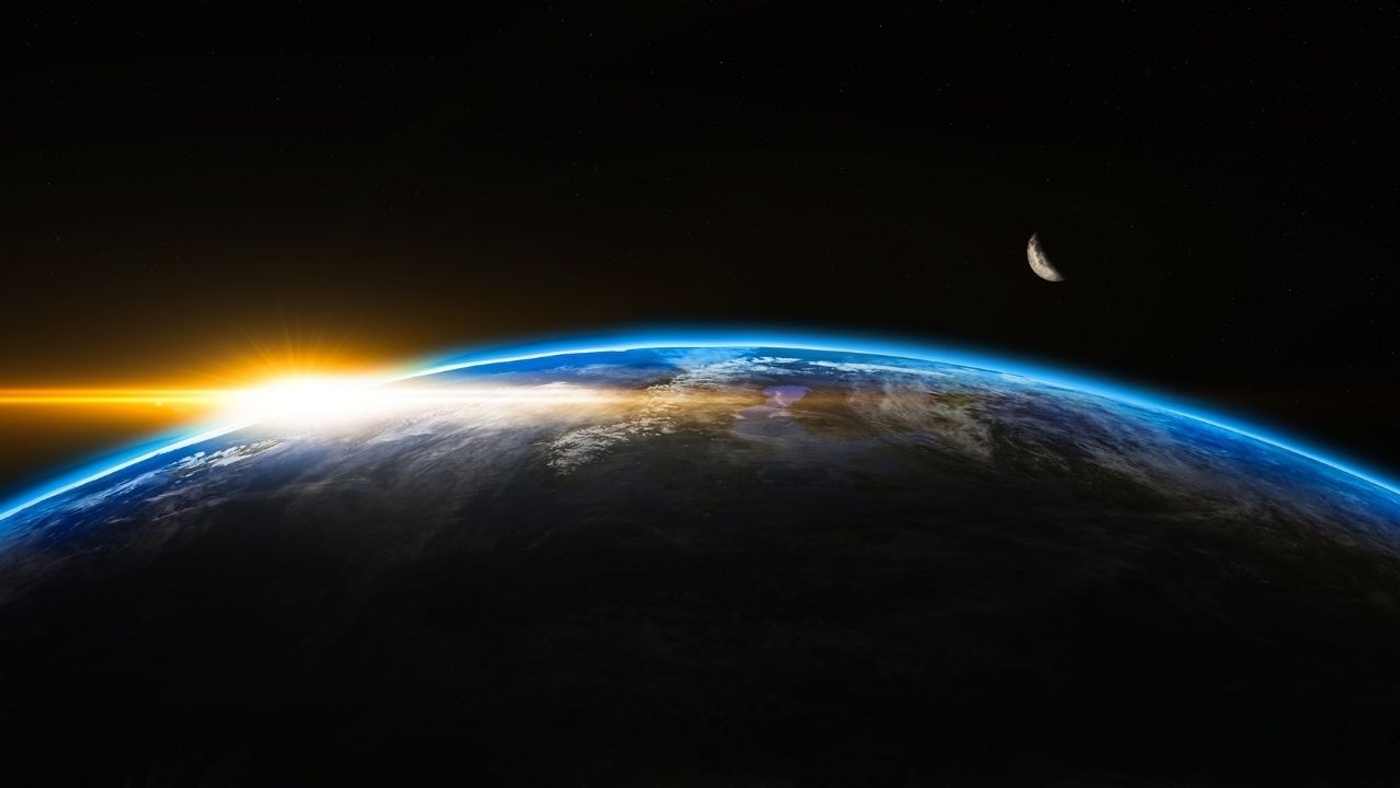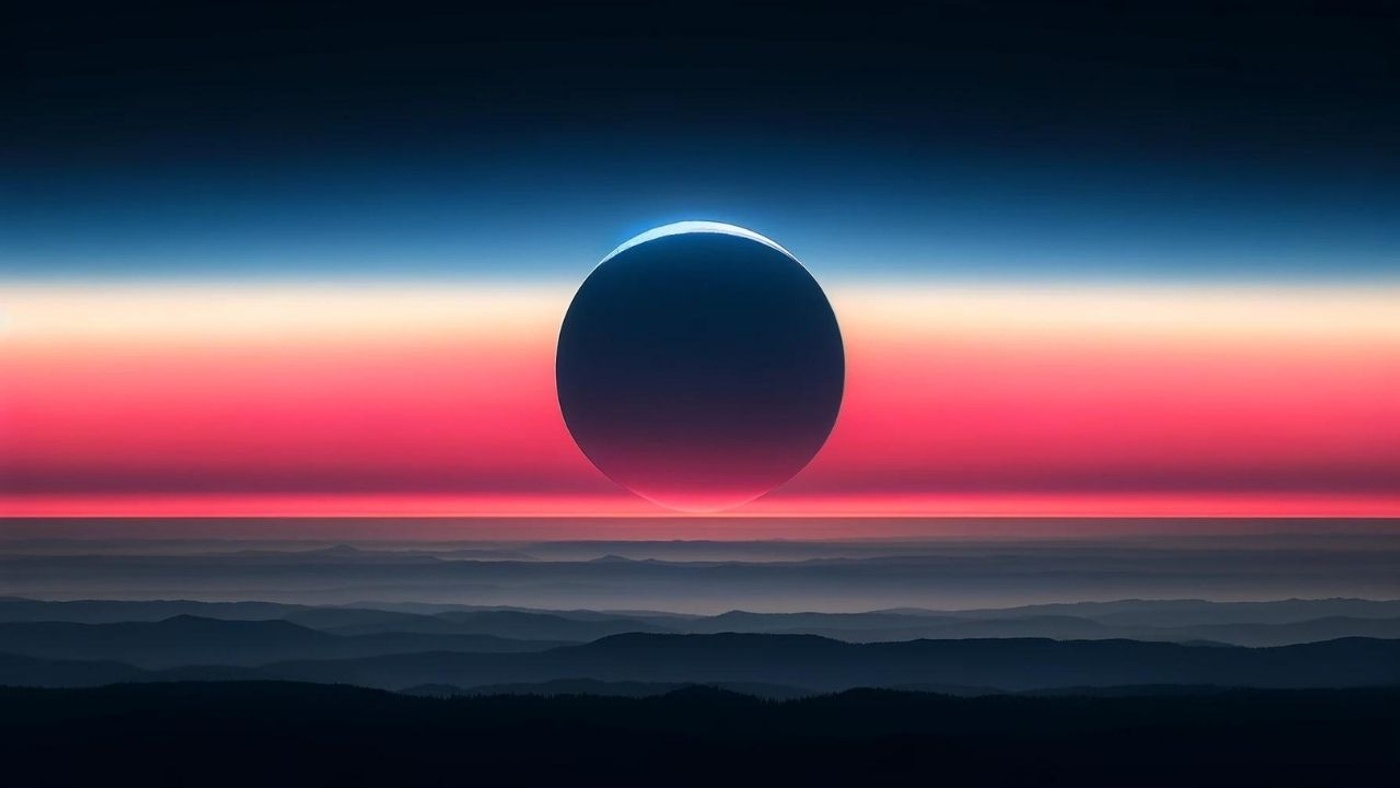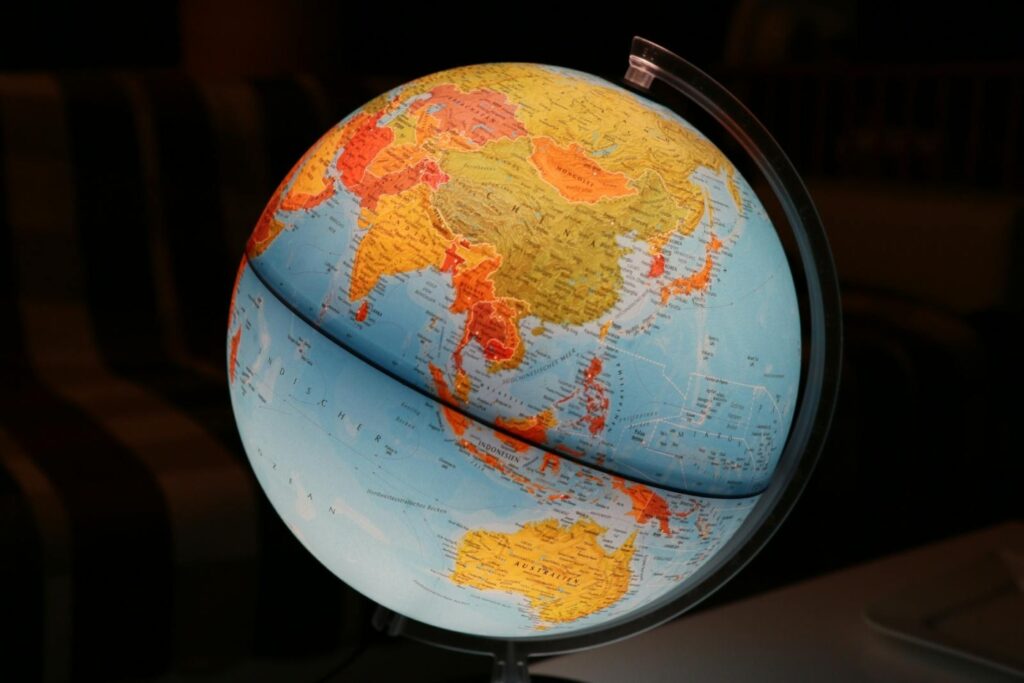The Earth’s dance with the sun’s rays casts a shadow that is hard to see. This shadow can be observed especially during sunset or sunrise as it rises into the sky across the horizon. The shadow usually appears in shades of dark blue or gray, with a pink light at the top, the ‘Venus Belt’. The Venus Belt is formed when the Sun’s reddened light is scattered in the atmosphere.
Observability of the Earth’s Shadow

The observability of the Earth’s shadow varies depending on atmospheric conditions and the altitude of the observation site. Places with lower horizons and higher elevations allow this shadow to be seen more clearly. Especially during a clear sunset or sunrise, the Earth’s silhouette is clearly visible.
Earth’s Shadow and Lunar Eclipses

The Earth’s shadow can also be observed during lunar eclipses. The Moon turns dark as it enters the Earth’s shadow and can sometimes turn reddish as light filters through the Earth’s atmosphere. This process reveals the extent and impact of the Earth’s shadow in space. These events provide both a dazzling visual feast and important data for atmospheric sciences.
Sources: EarthSky


